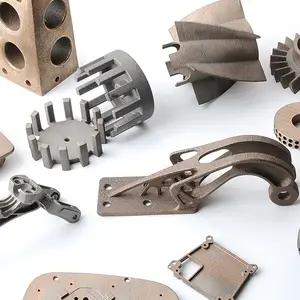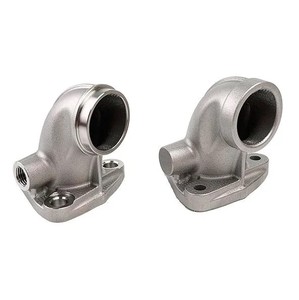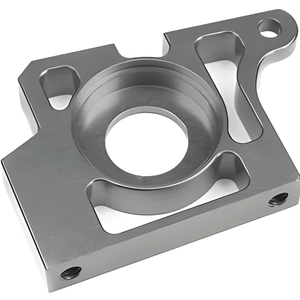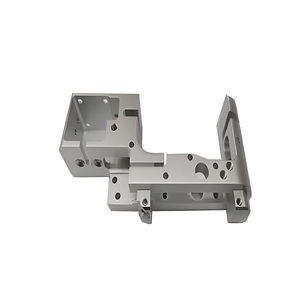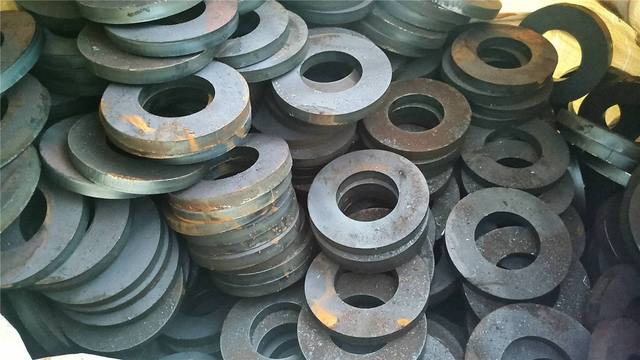Cnc Machining Is A Type Of Additive Manufacturing



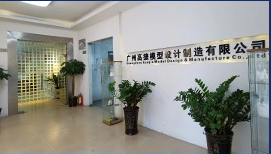






 1/8
1/8
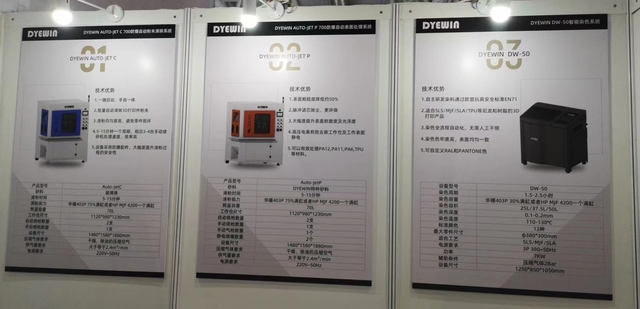

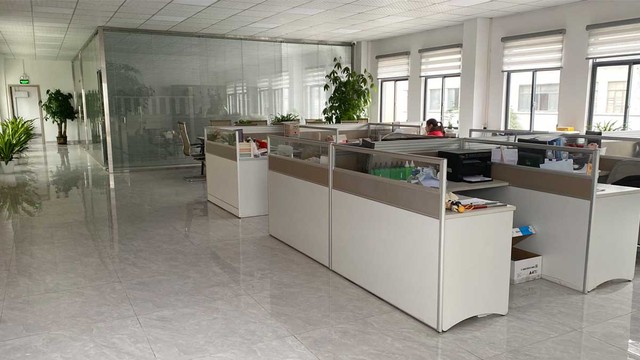











 1/30
1/30
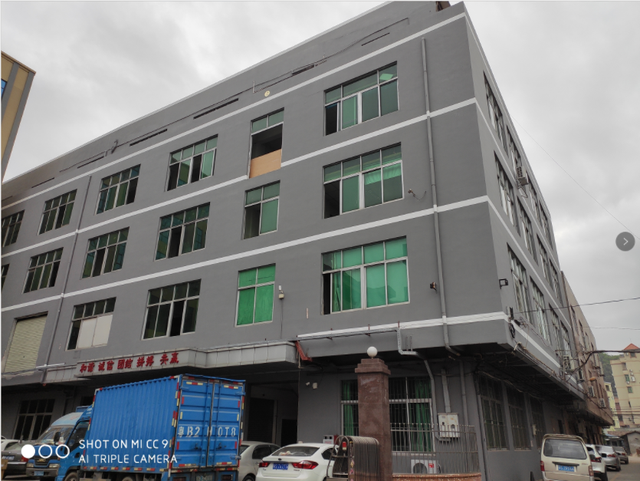

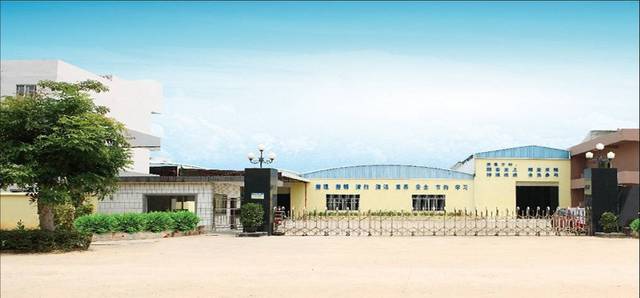



 1/28
1/28



About cnc machining is a type of additive manufacturing
Is CNC Machining a Type of Additive Manufacturing?
No, CNC machining is not a type of additive manufacturing. These are two distinct manufacturing methodologies with fundamentally different processes. Additive manufacturing, commonly known as 3D printing, builds parts layer by layer from digital models using materials such as plastics, resins, or metals. In contrast, CNC (Computer Numerical Control) machining is a subtractive process that removes material from a solid block—known as a blank or billet—using precision cutting tools to achieve the desired shape.
Despite being opposite in methodology, both technologies are often offered by the same industrial service providers due to their complementary roles in prototyping and production. Suppliers specializing in rapid manufacturing frequently integrate both additive and CNC capabilities to offer hybrid solutions. This convergence explains why suppliers list both "additive manufacturing" and "cnc machining" as core services, enabling them to support complex projects requiring the design flexibility of 3D printing and the tight tolerances of CNC milling or turning.
Where Are Leading Additive and CNC Service Providers Located?
The highest concentration of integrated additive and CNC manufacturing suppliers is located in southern China, particularly within the Pearl River Delta region. Key cities include Shenzhen, Guangzhou, and Xiamen—hubs renowned for advanced prototyping, low-volume production, and rapid tooling services. These areas benefit from dense ecosystems of material suppliers, post-processing facilities, and logistics networks, enabling fast turnaround times and cost-efficient scaling.
Suppliers in this region typically operate multi-technology workshops equipped with FDM, SLA, SLS, MJF, and metal 3D printing systems alongside vertical and horizontal CNC machining centers. This infrastructure supports diverse material processing—including nylon, ABS, photopolymers, stainless steel, aluminum, and titanium—and allows seamless transitions between prototyping (via additive methods) and final-part production (via CNC). Average lead times range from 3–7 days for prototypes and 7–14 days for batch orders, depending on complexity and finishing requirements.
How to Evaluate Additive and CNC Manufacturing Suppliers?
Selecting reliable partners requires systematic assessment across technical, operational, and transactional dimensions:
Process Capability Verification
Confirm access to both additive and subtractive technologies. For additive, verify compatibility with required materials (e.g., PA12 for SLS, photopolymer resins for SLA) and build volumes. For CNC, ensure availability of 3-axis and 5-axis machines capable of achieving tolerances down to ±0.005 mm. Request machine lists or facility videos to validate claimed capabilities.
Quality and Consistency Metrics
Prioritize suppliers with documented quality control procedures. While formal certifications like ISO 9001 may not always be listed, performance indicators such as on-time delivery rates (>95%), reorder rates (>60%), and sub-5-hour response times correlate strongly with reliability. High reorder rates suggest consistent output quality and customer satisfaction.
Customization and Scalability
Assess minimum order quantity (MOQ) flexibility and per-piece pricing structures. The data shows MOQs ranging from 1 piece to 100 grams or units, indicating strong adaptability for prototyping and small-batch production. Suppliers offering unit-based pricing at low volumes demonstrate scalable infrastructure suitable for iterative development and pilot runs.
Transaction Security and Communication Efficiency
Favor suppliers with verified response times under 2 hours and proven dispute resolution records. Rapid communication enables faster design iterations and issue resolution. Use secure payment mechanisms and request sample batches before committing to large orders, especially when material properties or surface finishes are critical.
What Are the Top Additive and CNC Manufacturing Suppliers?
| Company Name | Location | Main Services | Online Revenue | On-Time Delivery | Avg. Response | Reorder Rate | Min. Order Flexibility |
|---|---|---|---|---|---|---|---|
| Guangdong Fohan Technology Co., Ltd. | Guangdong, CN | Machining Services, 3D Printers, Casting, Moulds | US $10,000+ | 86% | ≤7h | 60% | 1 piece / 100g |
| Shenzhen Heruiyun Technology Co., Ltd. | Shenzhen, CN | Machining Services | US $7,000+ | 100% | ≤1h | 18% | 10 pieces |
| Guangzhou Gaojie Model Design & Manufacturing Co., Ltd. | Guangzhou, CN | Machining Services, Moulds, Other Fabrication | US $30,000+ | 100% | ≤5h | 80% | 1 unit |
| Xiamen Inone Technology Co., Ltd. | Xiamen, CN | 3D Printers, Machining Services, Other Fabrication | US $1,000+ | 100% | ≤1h | 100% | 100 pieces |
| Anqing Wayne Hand Model Technology Co., Ltd. | Anqing, CN | Machining Services, Sheet Metal, Moulds, Casting | US $240,000+ | 92% | ≤2h | 47% | 1 piece |
Performance Analysis
Guangzhou Gaojie stands out with a 100% on-time delivery rate, 80% reorder rate, and one-unit MOQs, indicating high reliability and customer satisfaction for prototype and low-volume work. Shenzhen Heruiyun and Xiamen Inone excel in responsiveness (≤1h average), crucial for time-sensitive design cycles. Anqing Wayne Hand leads in revenue volume (US $240,000+), suggesting extensive project throughput and export experience. Xiamen Inone achieves a perfect 100% reorder rate, reflecting exceptional consistency despite lower online revenue visibility.
FAQs
Can the same supplier handle both 3D printing and CNC machining?
Yes, many modern manufacturing service providers offer both technologies. This dual capability allows for optimized workflows—using additive manufacturing for complex geometries and internal features, and CNC machining for high-precision surfaces, threads, or tight-tolerance components.
What materials are commonly used in combined additive and CNC projects?
Common materials include engineering thermoplastics (nylon, ABS, PC), photopolymer resins, and metals such as aluminum, stainless steel, and titanium. Material selection depends on mechanical requirements, environmental exposure, and finish specifications.
What is the typical lead time for custom parts combining both processes?
Lead times typically range from 5 to 12 days, including design review, production, post-processing (heat treatment, coating, polishing), and quality inspection. Expedited services may reduce this to 3–5 days for simple components.
Do suppliers provide design for manufacturability (DFM) feedback?
Reputable suppliers routinely offer DFM analysis to optimize part geometry, reduce costs, and improve structural integrity. This includes recommendations on wall thickness, support structures for printing, and machinability considerations.
Are samples available before full production?
Yes, most suppliers provide sample units for validation. Sample costs vary but often fall between $0.50 and $30 per unit, depending on material and complexity. Some deduct sample fees from subsequent bulk orders.





























